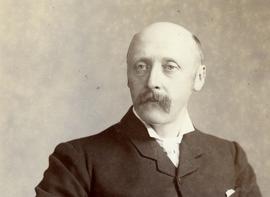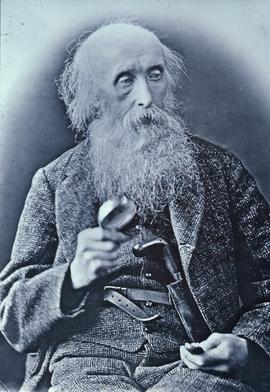- Q2846555; GB/NNAF/P135012
- Person
- 1630-1694
Born Fife 1630; died Edinburgh 1694
Brought up at the family seat, Balfour Castle in Fife, Andrew Balfour studied philosophy at St Andrews University graduating MA in about 1650. He spent several years in Paris studying medicine eventually graduating MD at Caen in 1661. Returning to London and having been presented to Charles II he acquired a position as a tutor to the earl of Rochester, accompanying him on a grand tour from 1661 to 1664. During his 15 years abroad Balfour acquired an extensive library of medical and natural history books, together with collections of antiquities, pictures, arms, instruments, plants, animals and fossils. In 1667 he returned to St Andrews, practising as a physician, before moving to Edinburgh to build up a medical practice there; it is claimed that he was the first doctor in Scotland to dissect the human body. In 1670, with his distant cousin and friend Robert Sibbald, he leased land for a small garden at St Anne’s Yards, Holyroodhouse, and later petitioned the town council for a larger plot adjacent to Trinity Hospital, in which were planted 2,000 non-indigenous species. He played a prominent role in Edinburgh’s learned society and opened his private museum collections, gallery and library to scholars. He was knighted in 1682 for his contribution to science and society and was active in establishing professorial chairs and in founding the Royal College of Physicians in Edinburgh, becoming president in 1685. He improved the infirmary and arranged publication of the first ‘Edinburgh Pharmacopoeia’ (1685) to which he contributed parts on materia medica. After his sudden death in the street in 1694 most of his collections were broken up and his library sold.
Sources: DNB; Fletcher and Brown ‘The Royal Botanic Garden Edinburgh 1670-1970’; Deni Bown, ‘4 Gardens in One’; (R. Desmond ‘Dictionary of British and Irish Botanists and Horticulturalists)
D.W.




